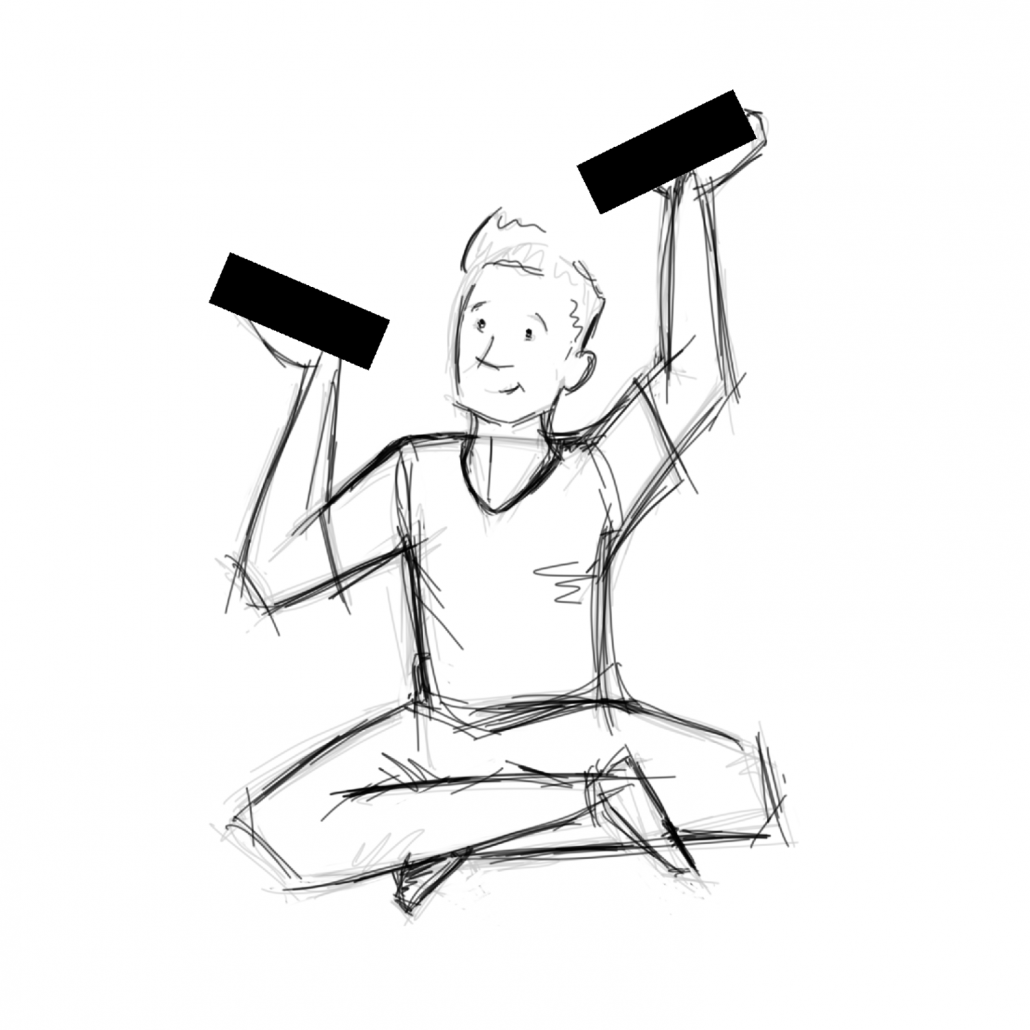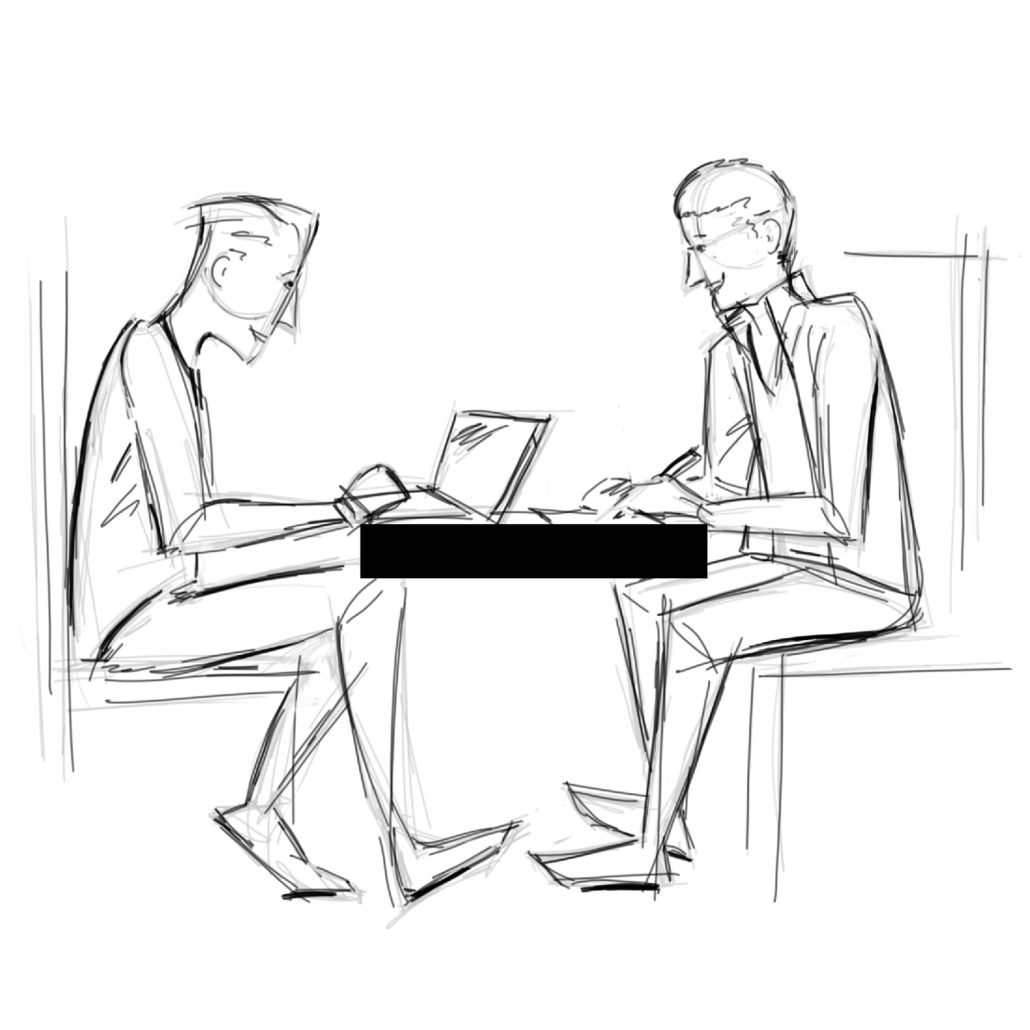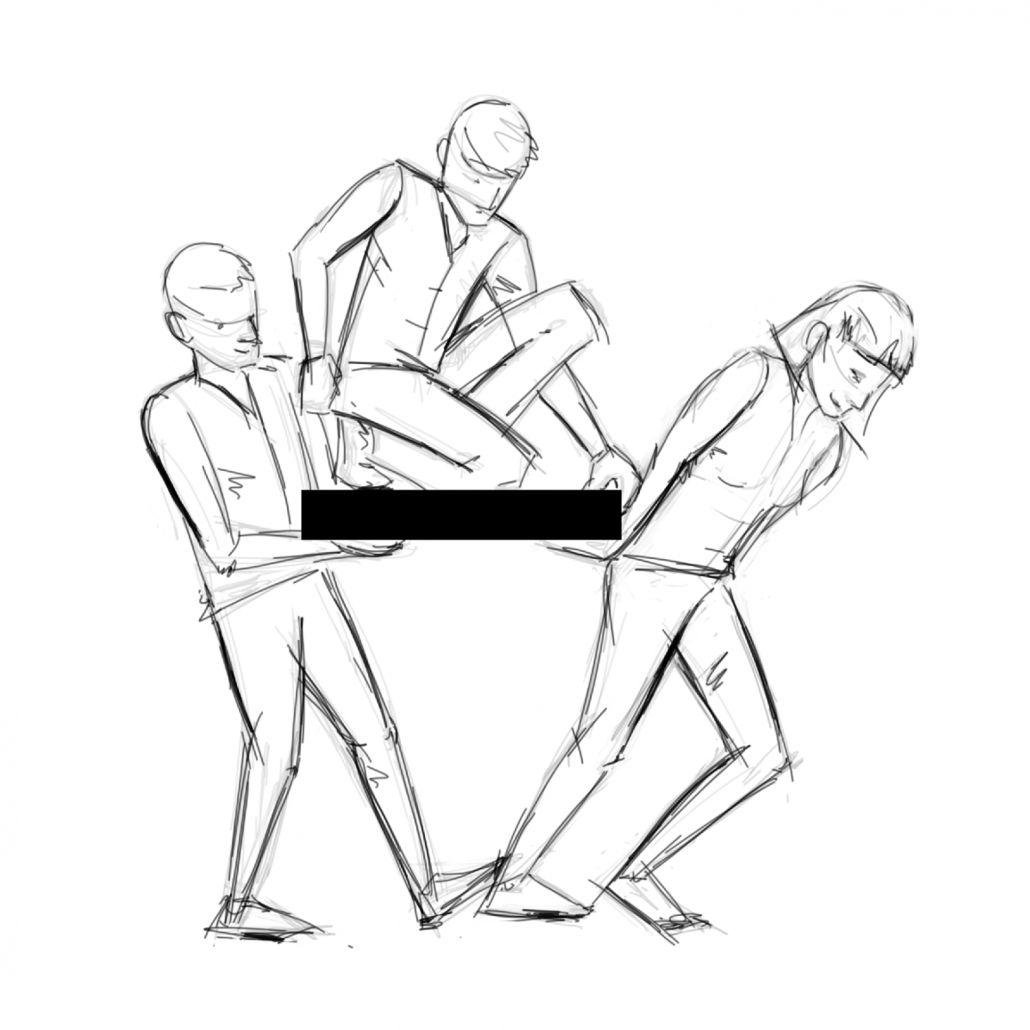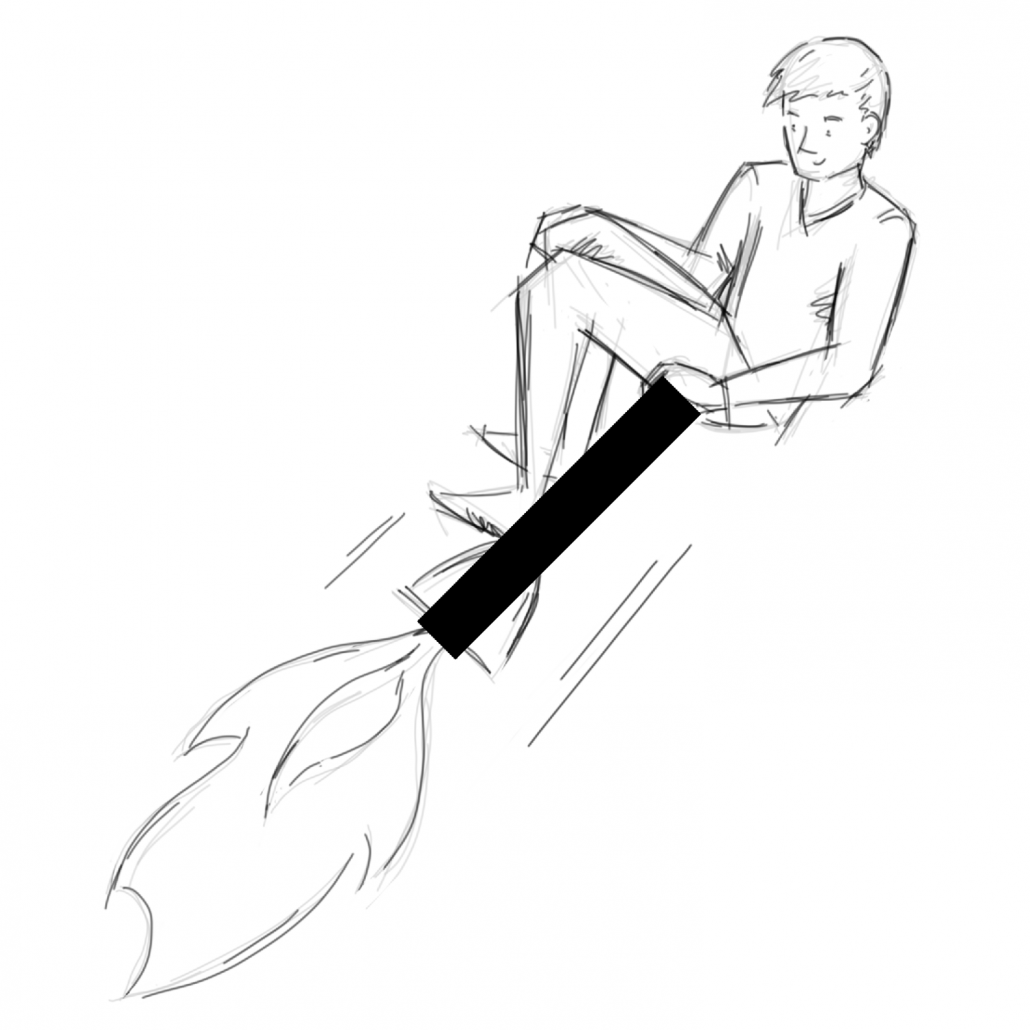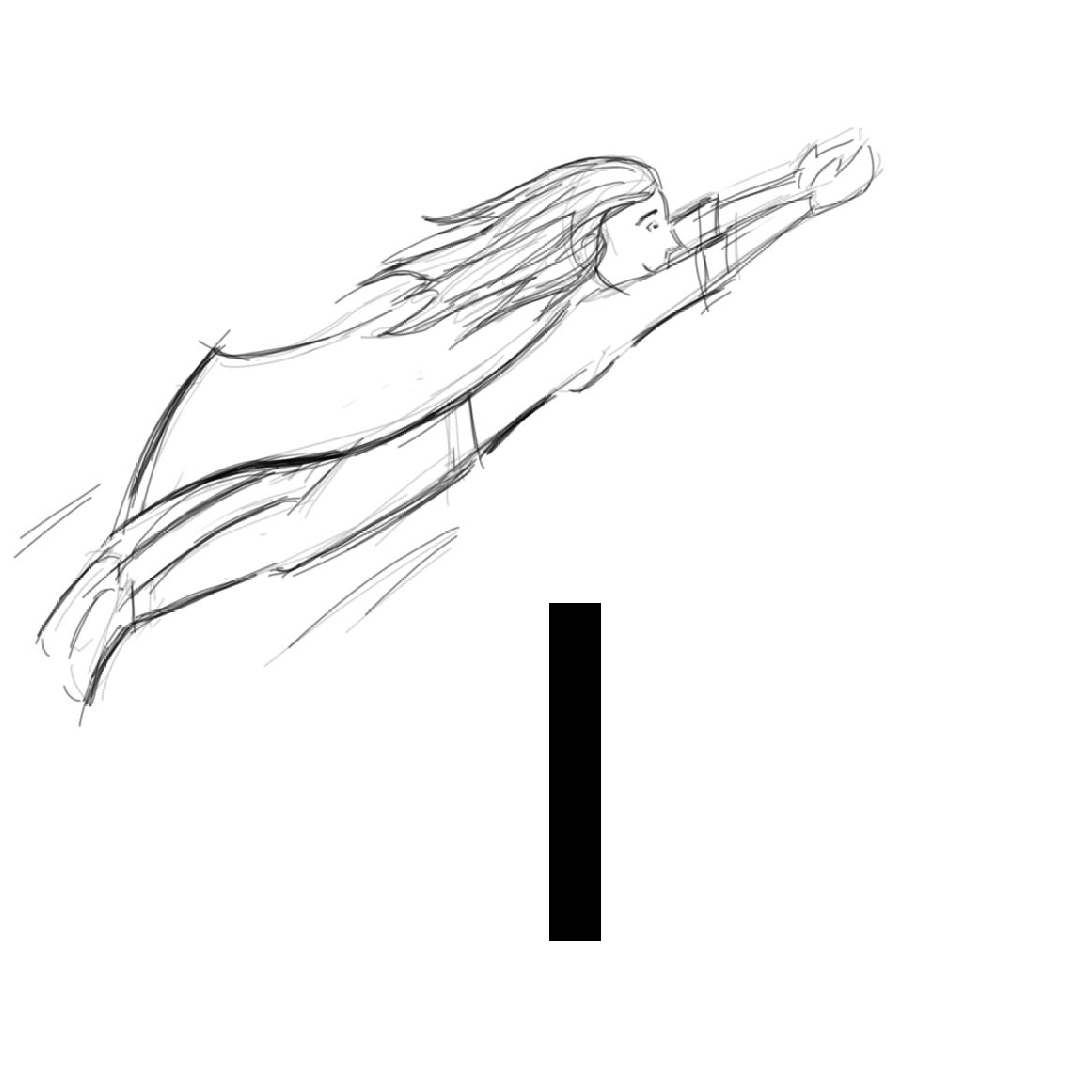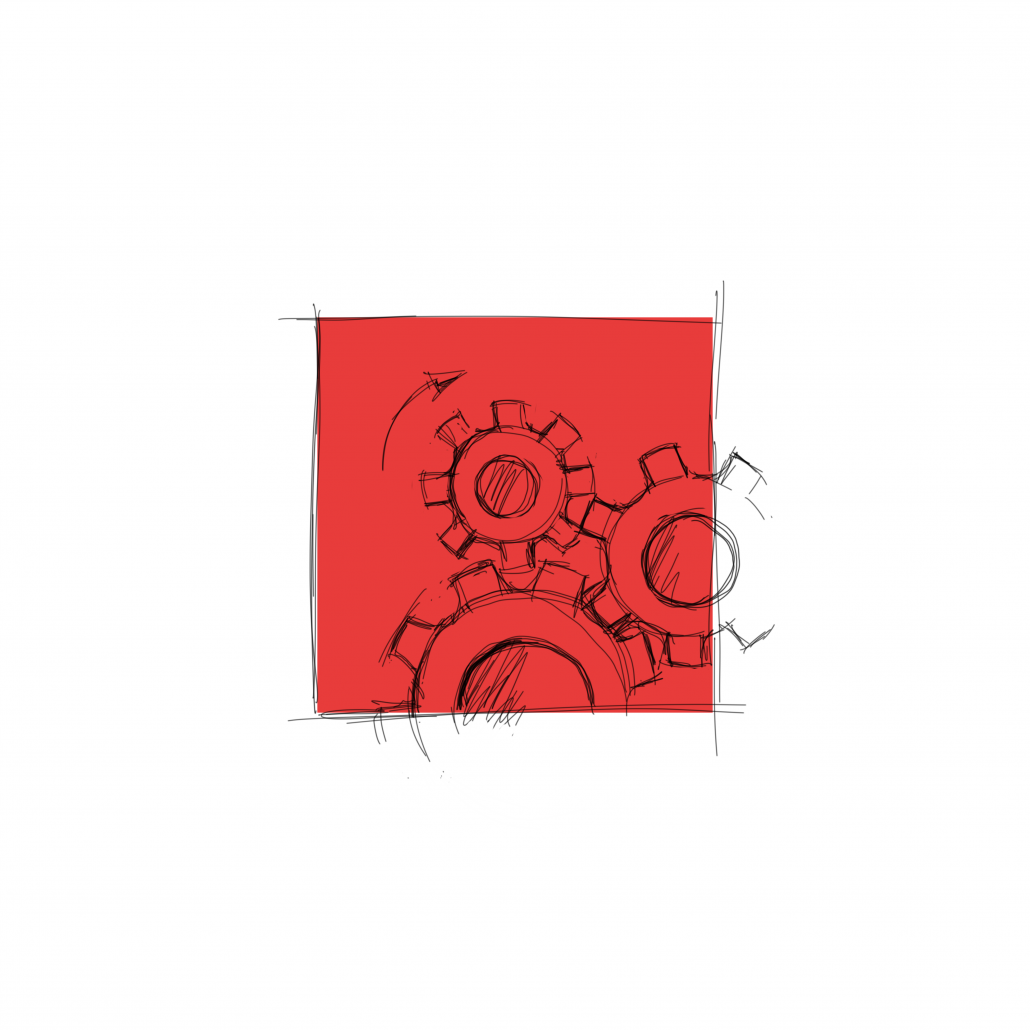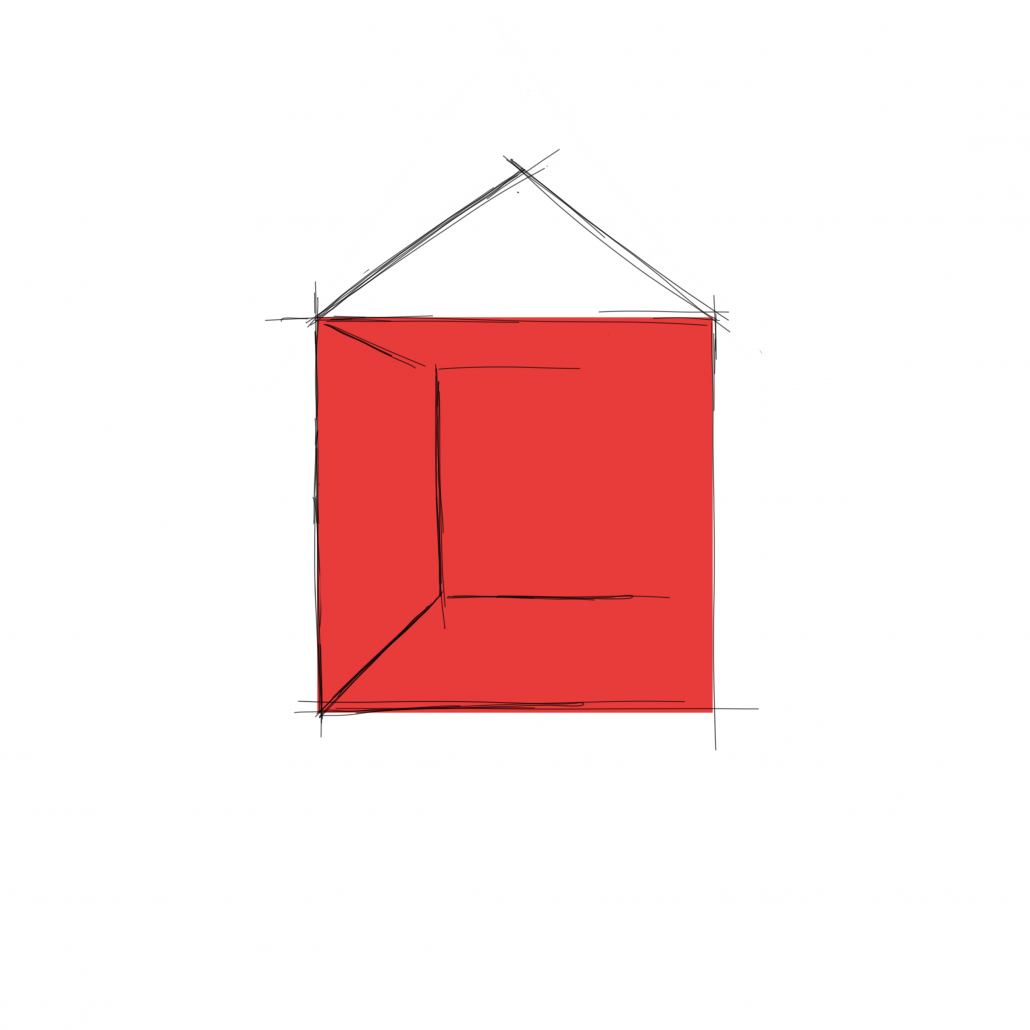Philosophy
Design philosophy in the combination of product design, architecture and interior design
A common design philosophy in the combination of product design, architecture and interior design in teaching aims to provide students with a holistic understanding of design that transcends individual disciplines and understands and considers the social, environmental and aesthetic implications of their design.
ASPECTS considered in this design philosophy are:
- Interdisciplinarity, how important it is to look beyond one’s own discipline and collaborate with other disciplines.
- Sustainability, how environmental, social and economic sustainability can be integrated into designs
- User-centred approach, focusing on the needs, desires and experiences of users and creating spaces that provide a positive user experience
- Aesthetics and functionality, balancing aesthetics and functionality or combining form and function as fundamental aspects of design
- Cultural and social sensitivity, respecting and taking into account the diversity of people and their needs
- Creativity, experimentation and innovation, exploring new materials, technologies and approaches and pushing their boundaries
Question the known and develop future-oriented concepts
Design increasingly shapes the world. From a purely aesthetic component, it has become an indispensable success factor for products and services. In architecture, it even influences how people live together. It can have a positive or negative influence. The design has long been concerned not only with the outer shell but starts much earlier – even in the basic conception and development of a new room or product.
Open exchange in interdisciplinary teams
When designing sustainable concepts, designers work closely with experts from other disciplines. Their partners in the development process come from the engineering sciences, economics, ecology, sociology, psychology or philosophy, which is why interdisciplinary work is the focus of our Master’s programme. Our students develop products and concepts that focus on people and their needs.


